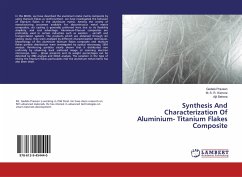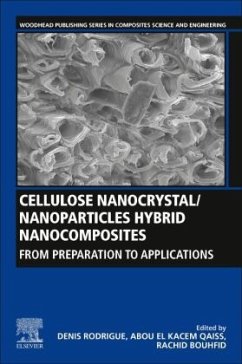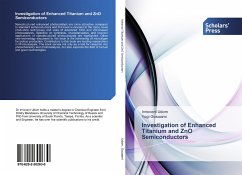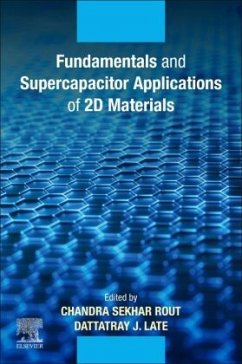
Titanium-Based MXenes
From 2D Nanomaterials to 3D Macroassemblies
Versandkostenfrei!
Versandfertig in 6-10 Tagen
113,99 €
inkl. MwSt.
Weitere Ausgaben:

PAYBACK Punkte
57 °P sammeln!
This book explores titanium-based MXenes, an emergent class of materials with a broad range of properties and potential applications. It introduces 3D MXene assemblies and compares their properties with such other well-known two-dimensional materials as graphene and transition metal dichalcogenides.Features:Focuses on emerging 2D titanium-based MXene (Ti3C2Tx and Ti2CTx) materialsOffers detailed synthetic strategies and scalable approachesCovers defect engineering and physical propertiesCompares the uniqueness of 2D titanium-based MXene with other 2D-layered materialsDiscusses 3D macrostructur...
This book explores titanium-based MXenes, an emergent class of materials with a broad range of properties and potential applications. It introduces 3D MXene assemblies and compares their properties with such other well-known two-dimensional materials as graphene and transition metal dichalcogenides.
Features:
Focuses on emerging 2D titanium-based MXene (Ti3C2Tx and Ti2CTx) materialsOffers detailed synthetic strategies and scalable approachesCovers defect engineering and physical propertiesCompares the uniqueness of 2D titanium-based MXene with other 2D-layered materialsDiscusses 3D macrostructure of titanium-based MXenes and their practical application in photodetectors, catalysis energy storage devices, and biomedicines
The first comprehensive book on the subject, this work is aimed at researchers in materials and electrical engineering and related disciplines.
Features:
Focuses on emerging 2D titanium-based MXene (Ti3C2Tx and Ti2CTx) materialsOffers detailed synthetic strategies and scalable approachesCovers defect engineering and physical propertiesCompares the uniqueness of 2D titanium-based MXene with other 2D-layered materialsDiscusses 3D macrostructure of titanium-based MXenes and their practical application in photodetectors, catalysis energy storage devices, and biomedicines
The first comprehensive book on the subject, this work is aimed at researchers in materials and electrical engineering and related disciplines.













